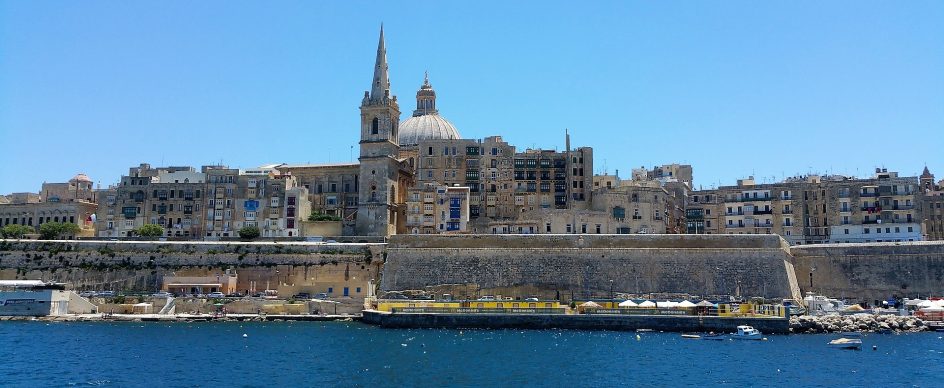
La Valette & A Brief History Of Valletta, Malta’s Capital City
- Sep 14, 2017
In 1566, the first foundation stone of Valletta’s bastions was laid by Grandmaster Jean Parisot de la Valette of the Knights of Malta.
Grandmaster de la Valette played a crucial role in Valletta’s history and in shaping the capital city as we know it today. From just a short visit to Valletta anyone can see that Malta’s fantastic capital city is steeped in hundreds of years of history. There are very many story-telling landmarks and monuments across the Maltese islands; but Valletta particularly is well-stocked with magnificent architecture that represents the city’s unique experiences of religion, military and commerce and is believed to be home to 320 monuments. So, how and why does Valletta look the way it does today?
Grandmaster De La Valette & The Knights Of St John
In 1566, the first foundation stone of Valletta’s bastions was laid by Grandmaster Jean Parisot de la Valette of the Knights of Malta (of the Order of St John). The reason for building the new city was to strengthen the Knights’ foothold on Malta and to create a place for respite following the Great Siege. It made sense to build in this area (formerly known as Mount Sceberras) due to the two natural harbours that were protected by a small watch tower now known as Fort St. Elmo.
Pope Pius V and King Philip II of Spain supported the creation of Valletta by drafting in Francesco Laparelli, a renowned military engineer. Laparelli designed the city’s grid of streets with steep hills and stairs to protect the city from enemy troops. Both the King and the Pope financially supported the creation of Valletta, in an effort to defend the Maltese islands from the Ottoman Empire. In addition to fortifying Malta by building Valletta, the Pope also wanted to create an architectural masterpiece. Grandmaster de la Valette was always the hero of the city however, and his legacy has been marked with a bronze statue in the square named after him: “Pjazza Jean de Valette”. He has also featured on Maltese stamps and coins; and his tomb can be found in St. John’s Co-Cathedral.
French & British Reign
In addition to St John’s Co-Cathedral, the Grandmasters Palace is at the heart of Malta’s history and the building has evolved from a mixture of different European styles throughout its change of ownership and reign. Napoleon brought Malta into French occupation in 1798 during the same period as the French Revolution. Bonaparte reformed Malta’s institutions: abolishing the Roman Catholic Church, nobility and slavery and vowed to bring equality among the citizens. After two years the Maltese wanted to take back ownership of their islands and reinstate the church, so voluntarily joined the British Empire. The British influenced the shape of Valletta during the 19th and 20th centuries, until 1964, when Malta became independent once more.
Valletta, World War II & The Regeneration Of The City
Valletta had always been a popular city for families, until its downfall in World War II when many of its beautiful buildings were bombed and destroyed. Generations of loyal civilians have helped to rebuild the city and create a new buzz about it for the 21st Century. Restaurants like ‘Rampila’ in the city walls, and the regeneration of the Grand Harbour all make the most of Valletta’s unique and historical structure, whilst helping to attract more families and tourists back to the city. The injection of €30 million into further regenerating the city as part of Valletta’s European City of Culture Status in 2018 will certainly bring Pope Pius V’s vision of a cultural masterpiece back to life.




